Did you know that selecting the right bioreactor equipment could reduce your production costs by a staggering 40%? In an industry teeming with innovation, making the perfect choice has never been more crucial.
As the world increasingly pivots towards sustainable practices, the demand for efficient bioreactors is skyrocketing. Whether it’s biotechnology, pharmaceuticals, or food production, your equipment needs to be cutting-edge and cost-effective to stay competitive.
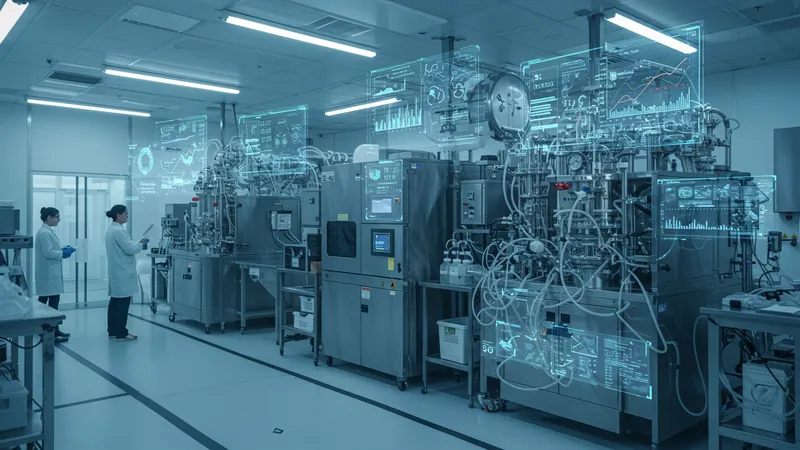
What if I told you that most manufacturers are stuck using outdated technology that hampers productivity? It’s a staggering truth that many in the industry are unaware of. By upgrading your bioreactor to newer, more efficient models, production lines can see a significant boost. But that’s not even the wildest part…
Many companies overlook the hidden benefits of modern bioreactor systems. These include enhanced scalability, improved product yield, and personalized automation features that offer unprecedented control over production runs. The shift to newer technology not only increases efficiency but also significantly reduces long-term operational costs, enabling even small players to compete with industry giants. But, just wait until you hear what happens next…
The evolution of bioreactor equipment has shocked even the most seasoned experts in the field. What happens next isn’t just about picking the right tool—it’s about redefining your competitive edge entirely. Click through to discover the unseen advantages that could transform your entire production process...
Clinging to outdated bioreactor technology can incur costs beyond mere inefficiencies. Maintenance fees skyrocket as older models often require more frequent repairs and parts replacements, dramatically cutting into profit margins. This unseen drain on resources frequently goes unnoticed until financial audits reveal the stark consequences. But fear not, there are better strategies on the horizon.
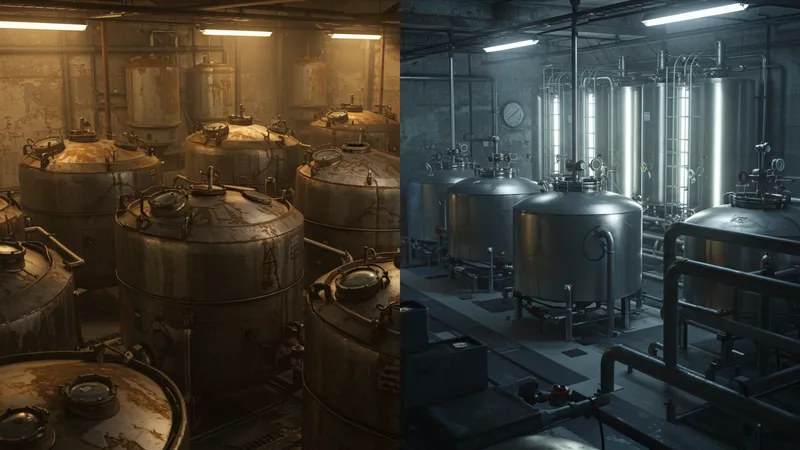
Many companies embrace a “if it ain't broke, don't fix it” mindset. However, this can be perilous. While initial investment in new technology seems high, the long-term gains in efficiency and reduced maintenance can lead to significant savings. Companies that have redesigned their strategies around modern bioreactors have reported up to 30% reduction in annual maintenance costs. This is just the tip of the iceberg.
Moreover, outdated bioreactors tend to be less energy-efficient. Modern equipment often includes energy-saving features and intelligent monitoring that adjusts energy use based on production needs, slashing electricity bills excessively. Transitioning can not only improve your green footprint but also make your production greener financially. There’s a breakthrough awaiting.
Finally, the real cost comes in the form of missed opportunities. With advances in biotechnology accelerating rapidly, older bioreactors simply cannot keep up with the demands of new products entering the market. Falling behind can turn a thriving business into a stagnant one. But there’s one more twist that can reverse your fortunes entirely…
Modern bioreactors are not just tools; they are powerhouses of innovation and efficiency that define the leading edge of production technology. With features like real-time data analytics and remote monitoring, today's equipment offers insights that were once inconceivable. This leap in technology is changing how industries plan and react, allowing for adaptability at an unprecedented level.
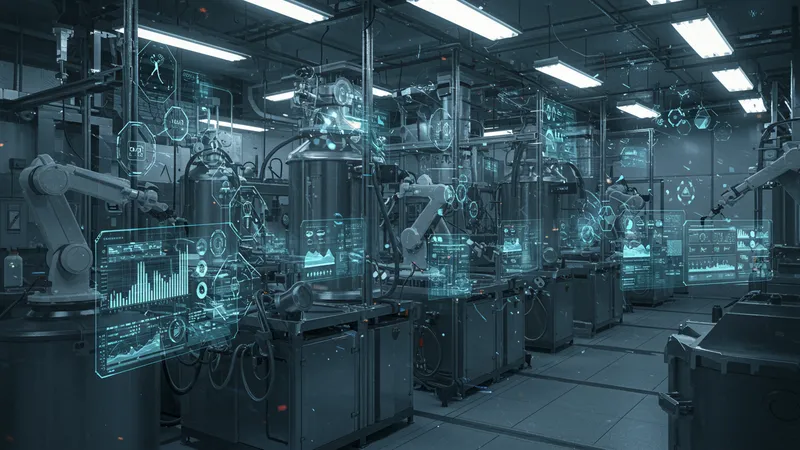
For example, the integration of AI and IoT in bioreactors can automate the entire production process, from scheduling to execution. This results in fewer human errors, more consistent product quality, and a streamlined workflow that optimizes resource use. One company integrated these systems and saw a 50% increase in productivity almost overnight. But wait, there's more to explore.
Another surprising aspect of current bioreactor advancements is their ability to scale effortlessly. From pilot phase to full-scale production, adaptable configurations ensure that companies can meet demand without the financial burden of re-investing in new infrastructure. The flexibility offered can lead to exponential growth, allowing companies to seize market opportunities as they arise.
Most intriguing are the sustainable features being incorporated into new models. Whether it’s the use of biodegradable materials or the ability to utilize renewable energy sources, the latest bioreactors align with global sustainability initiatives. Not only do these features reduce environmental impact, but they also appeal to the growing consumer demand for eco-friendly production. But what's around the corner could redefine sustainability entirely...
When it comes to choosing the right bioreactor, paying attention to the customization options available can make a world of difference. Models that allow parameter fine-tuning ensure that the system can be tailored to specific production needs, leading to improved output and minimized waste. Those who overlook this aspect may find themselves stuck in rigid workflows.
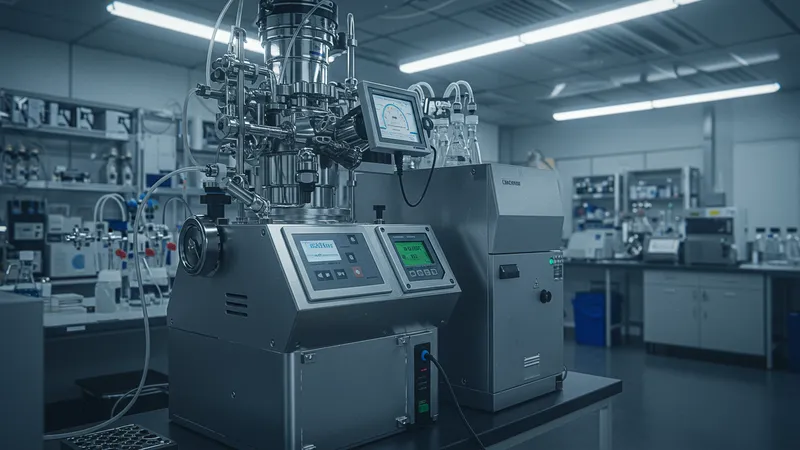
Start by considering the scale of your operations. One common pitfall is investing in a bioreactor that is either too small or excessively large for your production needs. It’s crucial to project your production range and opt for models with scalability options to avoid unnecessary downtime. But there's more to uncover.
Consult industry reports and case studies to learn from the successes and failures of others. It’s one of the most overlooked yet invaluable resources available. By understanding how others have navigated this complex landscape, you can make informed decisions that pave the way for your own success stories.
Additionally, partnering with a reputable supplier who offers robust support and maintenance can save significant time and resources. The benefits of a responsive support team cannot be overstated; it ensures seamless integration and minimal disruptions. But what's the secret behind these supply chains that experts won't tell you?
The efficiency of your supply chain critically affects your choice of bioreactor equipment. Selecting a supplier with an optimized supply chain can drastically reduce lead times and costs. Manufacturers with tightly managed logistics provide value not just through their products but through significant savings in time and money, often overlooked by buyers.
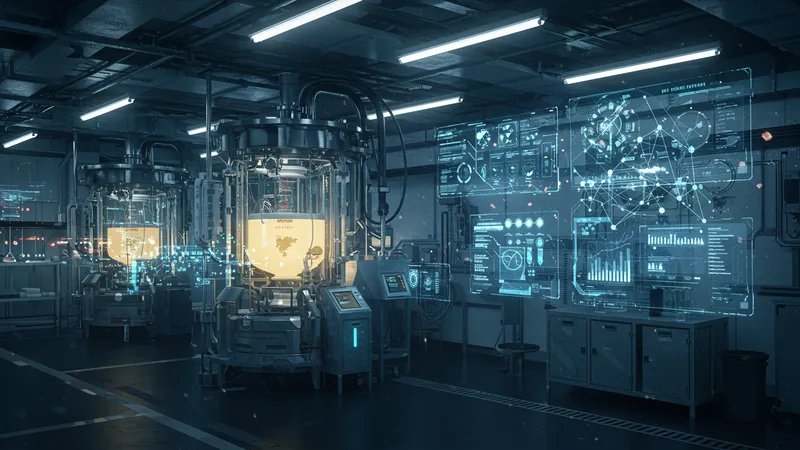
Furthermore, the interconnected nature of modern supply chains means that a delay in one area can have cascading effects. Choosing a supplier with digitalized supply systems can protect your operations. Advanced technologies like blockchain offer transparency and traceability, ensuring dependable delivery schedules and product integrity.
But what most don't realize is how these streamlined supply chains also impact regulatory compliance. When suppliers maintain high standards through certified processes, it lessens the burden on companies needing to check and verify regulatory adherence independently, saving both time and potential legal challenges.
Finally, there's a growing trend of bioreactor manufacturers leveraging local supply chains to reduce carbon footprints. This aligns with the broader push for sustainability and can even provide tax breaks or incentives in some jurisdictions. But there’s a hidden aspect in regulation that you’d never guess influences your equipment choice...
Not accounting for regulatory compliance can lead to costly oversights when selecting bioreactor equipment. Many regions impose stringent guidelines for biotech operations, and ensuring that your bioreactor meets these can be the difference between a smooth operation and a legal quagmire. This mandates a proactive approach to understanding both local and international regulations.
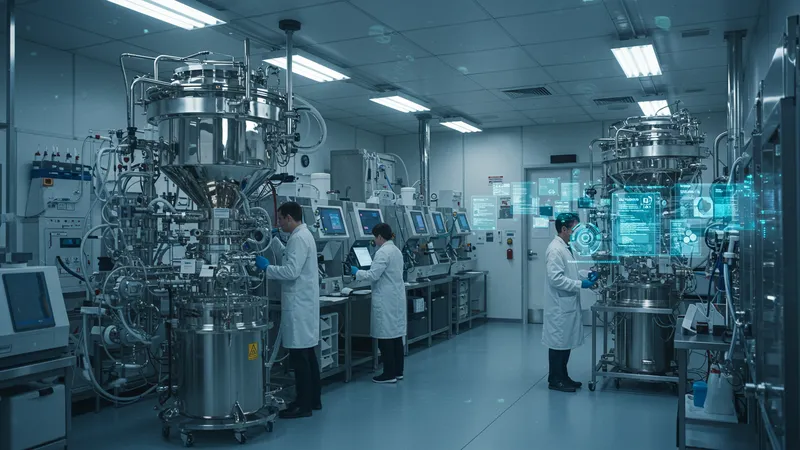
It’s surprising to learn that regulations don’t just cover operational safety; they also dictate environmental impact, especially regarding waste management. Modern bioreactors often come with built-in systems to handle outputs more sustainably, ensuring compliance with these evolving laws, a fact many firms initially overlook.
Moreover, regulations are rapidly adapting in response to technological advancements. Keeping abreast of these changes is essential as failing to comply can result in shutdowns or hefty fines. Regular audits and staying informed via industry updates can help navigate this tricky terrain. But the true complexity lies deeper.
Many are unaware of voluntary certifications that could benefit their facilities; these provide advantages in terms of reputation and customer trust. Investing in equipment that can achieve such certifications can place your product ahead in a competitive market. What’s next will uncover industry shifts you might not be prepared for...
The pace of innovation in bioreactor technology shows no sign of slowing down. One major trend is the integration of artificial intelligence to forecast production hurdles before they arise, allowing preemptive adjustments. Companies leveraging AI-enhanced bioreactors are poised to not only meet but exceed production expectations, a game-changer for forecasting demands.
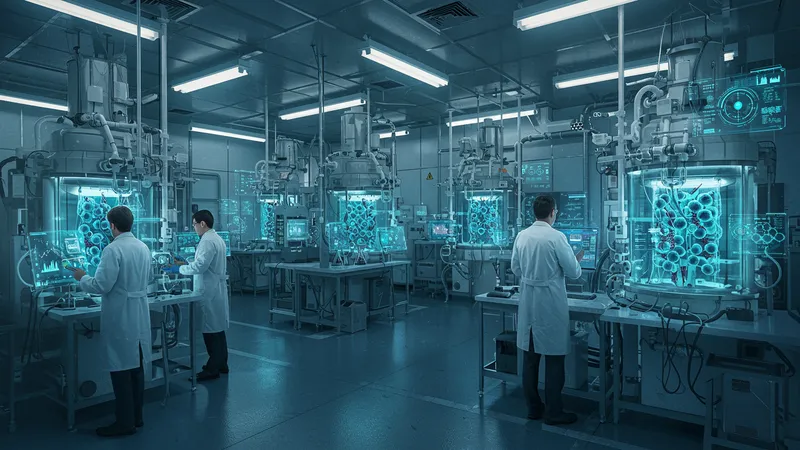
Another fascinating development is the use of genetically coded bacteria within bioreactors to produce rare compounds faster than traditional methods. This bioengineering marvel is sparking a revolution in pharmaceuticals, where drug compounds that once took years to produce can now be synthesized in months.
The trend towards smaller, cross-functional bioreactors is also gaining traction. These miniaturized models promise versatile and agile operations, suitable for both large-scale production and research labs. This flexibility can lead to substantial innovations across diverse fields. But even minor shifts have major implications.
Perhaps most surprising is the increasing consumer demand for products created through sustainable processes. It’s pushing manufacturers to embed circular economy principles into bioreactor design. Such approaches ensure resources are reused and repurposed, resonating well with ethical consumers and potentially offering pricing power. Yet there’s another orienting force redefining how we think about this...
Traditionally, success in bioproduction was measured by output volume and cost efficiency. However, new metrics are emerging that take into account sustainability, adaptability, and technological integration. These aren’t just buzzwords; they represent real shifts in how companies will measure success going forward.
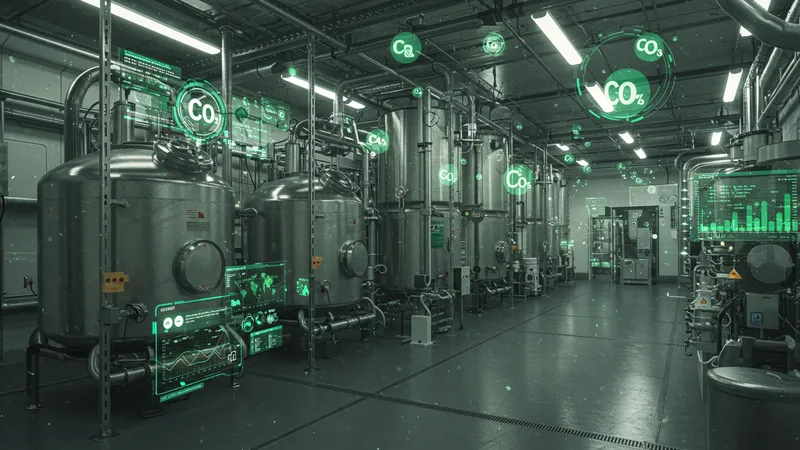
For instance, carbon emission reductions from production are an evolving success metric. Companies see environmental impact as integrally tied to reputation and consumer perception. Bioreactors offering cleaner, more efficient processes are becoming major selling points, drawing both consumer and investor interest.
Moreover, the capacity to pivot and produce new products quickly has become crucial. This agility ensures a company's resilience against market changes and disruptions, making adaptability an important metric in evaluating bioreactor effectiveness. And there's even more to this transformation.
Capturing real-time performance data through intelligent bioreactor systems offers insights previously unavailable, forming a new. metric for process optimization. Companies leveraging such data are already seeing higher working efficiencies and faster decision-making processes. What's next could change industry paradigms completely...
The implications of cutting-edge bioreactor technology stretch far beyond the confines of individual production facilities. On a global scale, the advancements are influencing biotechnology's role in addressing some of the planet's most pressing challenges, from sustainable agriculture to renewable energy sources.
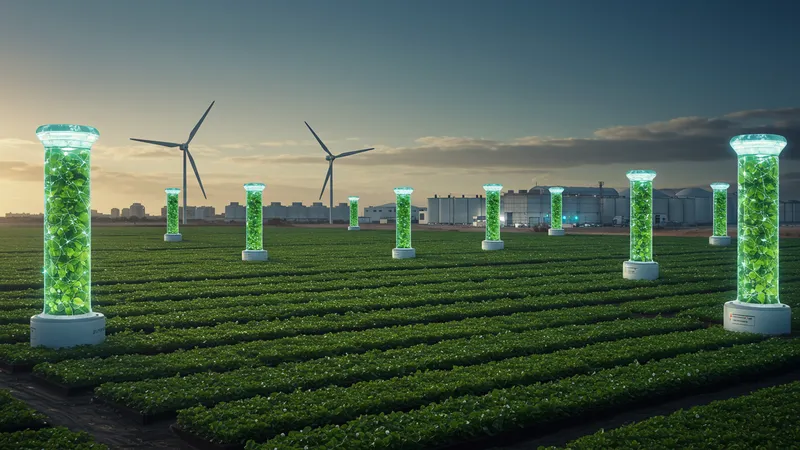
Bioreactors are becoming instrumental in solving food security issues as they enhance agricultural yield through bio-fertilizers and pest-resistant crops. Technologies designed for high efficiency reduce resource usage and minimize waste, contributing towards better food stability worldwide.
In renewable energy, bioreactors are tapped for biofuel production, offering alternatives to fossil fuels and aligning with global ecological mandates. As innovation continues, the potential for green energy solutions keeps expanding, driven by the scalable and versatile applications of this equipment.
Most crucially, the global push towards environmental sustainability means that industry leaders need to adopt these innovations to meet not just current needs but future commitments. But what’s ahead for these technologies is still unfolding, with implications far greater than anticipated.
While many are aware of efficiency and cost benefits stemming from modern bioreactor models, few recognize their contribution to workforce development. With advanced systems, there's a significant shift towards building skilled labor to manage and innovate these technologies, which in return propels further industry growth.
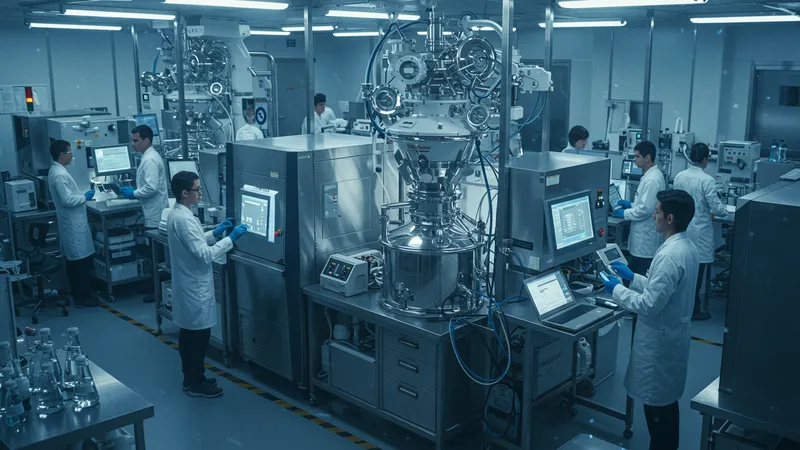
This technical upskilling creates an ecosystem where innovation feeds on itself. Companies with training programs for bioreactor management often report fewer errors and enhanced job satisfaction among their workforce, an invaluable yet often undermined advantage.
Furthermore, modern bioreactors offer an enhanced capability for lab research, acting as the testing ground for future consumer products. This facet allows firms to develop prototypes faster, enter markets sooner, and reduce the traditional time-to-market delays. What revelations lie in leveraging bioreactors this way?
The importance of even subtle upgrades in bioreactor technology can’t be overstated: better control systems can result in higher output and quality, spurred by more consistent and precise environmental conditions. And what about the other potential breakthroughs that have yet to fully surface?
Despite the many advancements, the bioreactor industry faces a set of sobering challenges. High upfront costs can deter small to medium enterprises from adopting groundbreaking technology despite the long-term savings. This creates a barrier to entry that could stunt industry-wide innovations if not addressed.
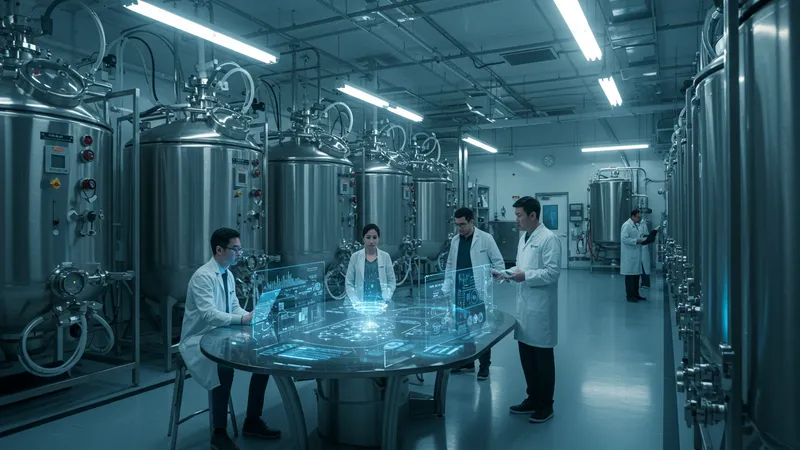
There's also the issue of compatibility. Companies that have heavily invested in existing systems may find it arduous to integrate new bioreactor technologies without incurring extra costs related to system overhaul. Managing these compatibility issues requires strategic planning and sometimes, innovative solutions.
Emerging regulations are causing waves, too. As technological capabilities outpace legislative adaptation, companies must remain vigilant, ensuring their innovations do not unintentionally fall on the wrong side of compliance. Staying informed can help mitigate potential setbacks.
Ultimately, the road to integrating new bioreactor equipment isn’t without its pitfalls, but the rewards make the effort worthwhile. What you read next just might reshape your perspective on anticipated problems entirely...
Amidst rapid technological changes, evaluating the preparedness of your bioreactor system is crucial. Future-proofing your equipment not only secures your place in the competitive landscape but also opens doors to pioneering opportunities.
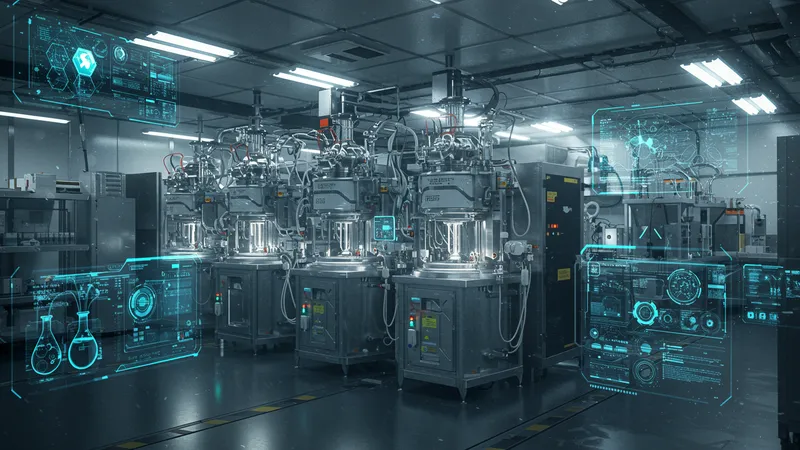
It's more than just upgrading; it's about becoming part of a larger trend towards smart factories. The integration of digitally enhanced bioreactors lays the foundation for fully automated, yet adaptable production processes across sectors, promising seamless operations.
Merging cloud technologies with bioreactors is not a theoretical proposition—it's happening. This move towards cloud solutions allows for real-time data control and monitoring from anywhere, enhancing responsiveness and yielding a more robust production system.
It's time to ask: Is your bioreactor equipped to handle new materials, methods, and market demands? The future holds remarkable changes that require readiness. What’s coming may truly upend conventional understanding...
Stepping into the future, bioreactors embody the potential to redefine entire production landscapes. Their transformative power touches every aspect of manufacturing, challenging traditional practices and offering fresh prospects for innovation.
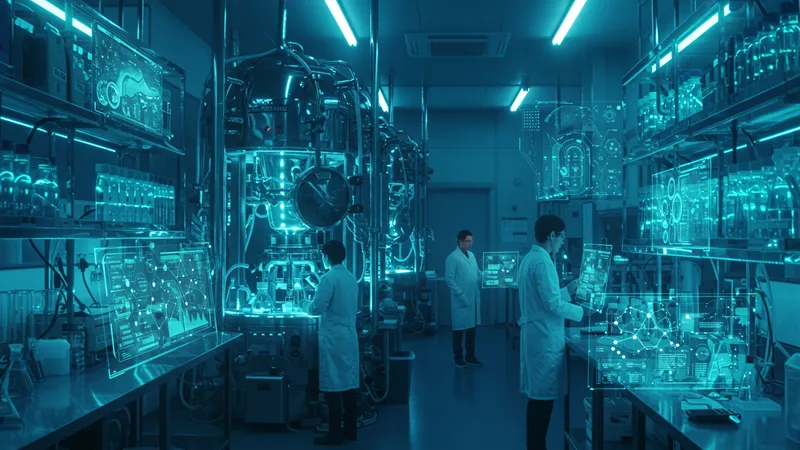
From creating pharmaceuticals that target niche markets to boosting agricultural yields through precision bioengineering, the scope of modern bioreactors is vast and impactful. This is technology not just reacting to needs but predicting and adapting to future demands.
Perhaps most revolutionary is their role in synthetic biology. Emerging applications are allowing for the creation of entirely new biological materials, contributing to sectors like renewable energy and biomedicine in ways never before imagined.
The journey into the future with bioreactors isn’t merely a technological advancement—it’s a reimagining of industries themselves. But there’s one final aspect that ties all these elements together, and it might just redefine everything you believed about bioreactors...
With the profound reach of bioreactor technology reshaping industries, the focus now turns to societal impacts. As these systems become more integrated into everyday production, they promote greater sustainability, efficiency, and innovation across diverse fields.
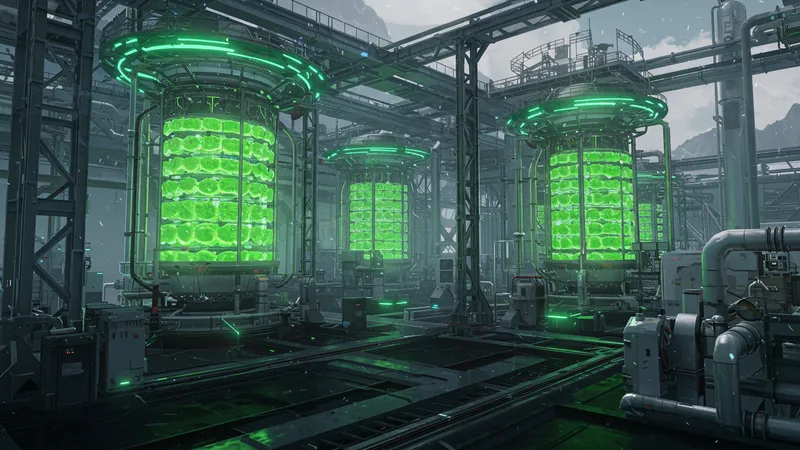
The potential for these technologies to address global challenges is inspiring. While we’ve covered a glimpse of current capabilities, the horizon is even more promising. As the industry moves forward, those who embrace these advancements will set the bar for future competitors.
It's imperative to recognize that bioreactors are more than just a piece of equipment; they represent a frontier in technology and sustainability. If you haven’t considered what they can offer your production, now is the time.
Were you surprised by what you learned about bioreactor equipment? Share this article with others who might need a fresh perspective and stay ahead in the ever-evolving landscape of technological innovation!